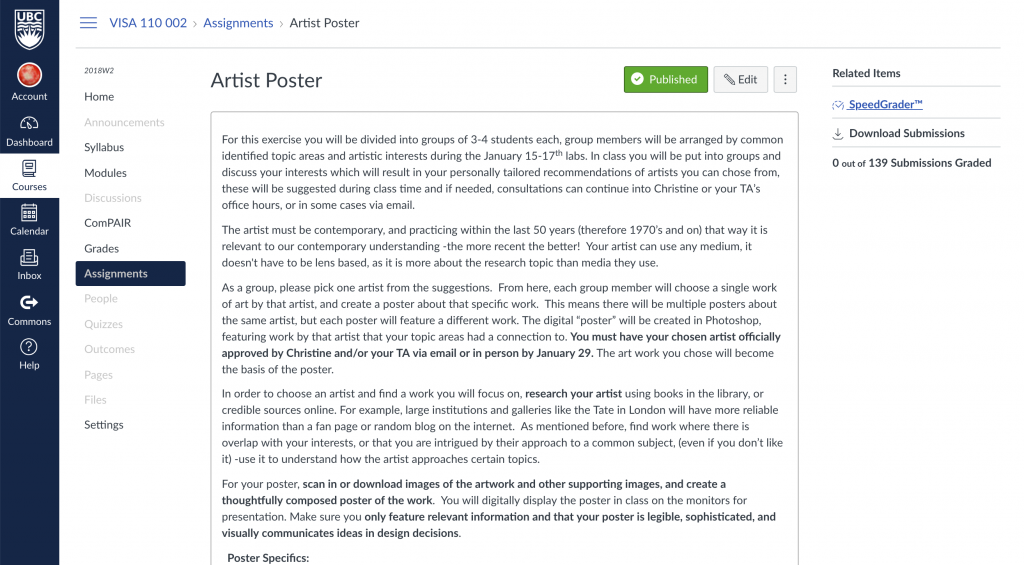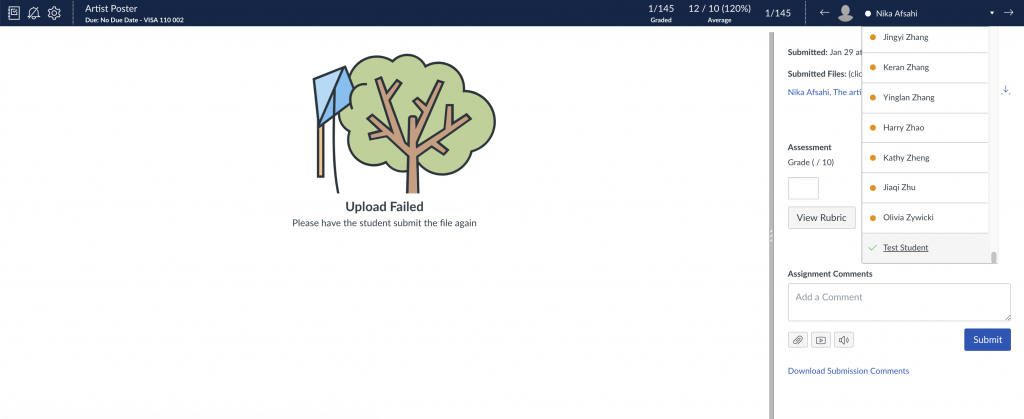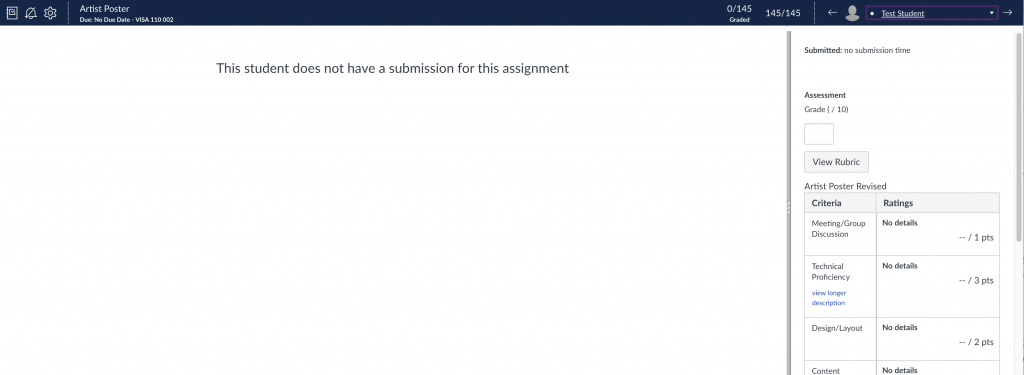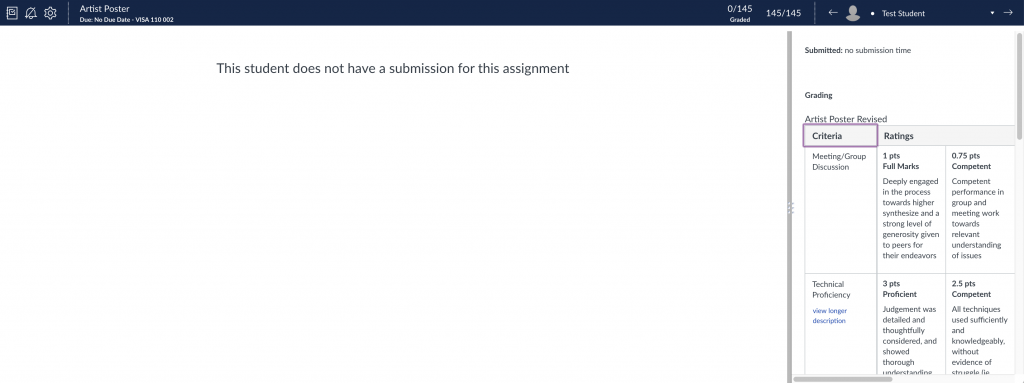The value of an idea is proved by its power to organize the subject matter.
-Goethe
The world is full of objects, more or less interesting; I do not wish to add any more.
-Douglas Huebler
Concept art is first of all an art of which the material is concepts, as the material of e.g. music is sound. Since concepts are closely bound up with language, concept art is a kind of art of which the material is language.
-Henry Flynt
Conceptual art is made to engage the mind of the viewer rather than his eye or emotions.
-Sol LeWitt
For your first assignment, you will be taking a series of photographs that reveal a system by which you obtained them. They must reveal your overall idea/concept, through a strict formula that you devised and executed. The formula is the idea that will run the project, think of the formula as the machine that makes the art. Your formula should involve all details, including what time or occurrence the photographer would click to take a photograph, framing/angles of the shot including what is or isn’t included in the background, vantage point, focus area, size and perspective, and the boundaries of when to start and stop the project.
For the most part, projects that come from this assignment work with either an action, or inventory. This is not to say that you might not come up with a formula that does something other than conform to an action or inventory -honestly go for it, I dare you to find another formula type! But to give some examples, here are a few explanations:
- Your formula might pick an action in which you (or someone else or thing) will perform, and document each iteration in front of a camera. An example:
- Photograph someone jumping in a room with a tall ceiling. Take a picture at the highest point of each jump, in an aim to reach the ceiling. Keep going until the subject touches the ceiling. Once the jump is high enough to reach the ceiling, then the formula is complete, and the project ends. Each ‘failed’ jump photograph is a part of the series, including the successful jump at the end.
- A photographic inventory, or taking a picture of each artifact of a collection. A formula you create might be:
- Take a photo of all the gifts your past romantic partner purchased for you. You would take a picture of every gift separately, (perhaps even use the formula to depict the order, such as a chronology of the relationship through the gifts, or perhaps order them in your preference -from favourite to least favourite) and would stop photographing when all the gifts were recorded.
- An inventory of all the physics books written by women at the UBC library. You would have to scour the UBC library and take a picture of the front (or side, whatever your formula dictates) of every book in the physics section that is authored solely by a woman, once you photograph all of them, your formula is complete.
Please decide on a formula that is actually feasible and executable within the time frame of a couple of days or less, work within your means! But be sure that your method, framing decisions, and chosen subject matter informs one another to create a cohesive and well thought out concept and resulting piece that is also an intriguing thing to document. There are ways to create formulas that will bring out social, political, even emotional meaning without interfering with the documentary quality of photography. Be creative and engage with the challenge of how different photographic modes can have different effects!
I suggest you focus much time on pre-planning and organization of your formula, after executing the formula, be considered in how you will display the images in your final presentation of pictures, framing, layout, proportions, etc…. Be sure that your formula is consistent, has a notable beginning and end, and avoids as many ‘arbitrary’ decisions as possible, for these would corrupt the objective nature of the piece. Techniques of display are essential in creating a narrative or map that correlates and enhances the subject matter of your piece. Choose a subject matter that interests you and you have some sort of attachment or investment towards, and test that subject matter against the objective mechanical documentation of the camera.
DUE
Week of February 6-9 at the start of your registered lab time. The project is due in your lab, even though the due date in this assignment module indicates otherwise!
TECHNICAL REQUIREMENTS
- You must take, (or scan) your own photographs, adjust them in Photoshop and create a format/display/layout/map in Photoshop so that it is many layers , one image per layer, all within one document.
- This project MUST be in colour, and colour/density adjusted. We highly recommend using adjustment layers to practice a professional mode of colour and density balance.
- The final project will be shown on a flat screen monitor for viewing, therefore the resolution should be approx 100 ppi.
- You must place all the images (no minimum or maximum number of images) in one document at the dimensions and proportions you choose with any side (height or width) no smaller than 2000 pixels and no larger than 9,000 pixels.
- The minimum and maximum number requirement of images compiled together is flexible, but more ambitious projects usually demonstrate a more challenging formula and set up that usually results in more images. However there are always other challenges of a more riskier formula that can dictate the final number of images that would also show ambition.
- Please be careful of how you add corresponding text in the image, try not to unless absolutely necessary for your formula. Your audience is smart, so trust them to figure things out with the images and presentation rather than descriptions.
- Please save one image as a JPEG for upload on CLAS for viewing, and another version of a working, unflattened PSD on a flashdrive.
- Consider a title for the series, but do not put that title on the image itself. Instead title your JPG file your project title.
SUBMISSION PROCESS
Please submit the final work as a single image uploaded to CLAS, (link on left hand index bar of Canvas) in the “Formula” playlist folder of your lab section. When uploading, you may want to add an informative title that works with the piece in the title area of CLAS. Please do not put a title on the work directly. Informative does not mean tell us everything -nor does it want something as arbitrary as a poem. Work somewhere in-between, and be careful how much the title imposes or confuses a viewer. Titles will not directly affect your grade, but practicing writing a title for this project will help you for the next.
- In CLAS, please upload a JPEG file of your project under the “Formula” playlist, this version will be shown in class for the feedback session.
- Bring in a working, unflattened PSD version of the project. to hand in to your TA.
- In this Canvas text box, please write a maximum 250 word (total) reflective summary of your process making this project. Please provide a title of the project and answer some or all of the following questions:
- Why did you pick this subject matter and what went into deciding the formula?
- What were the results of executing the formula, was anything surprising?
- Were there other connotations that revealed themselves that you did not anticipate? How did you feel about this?
- Is there anything you would do differently?






